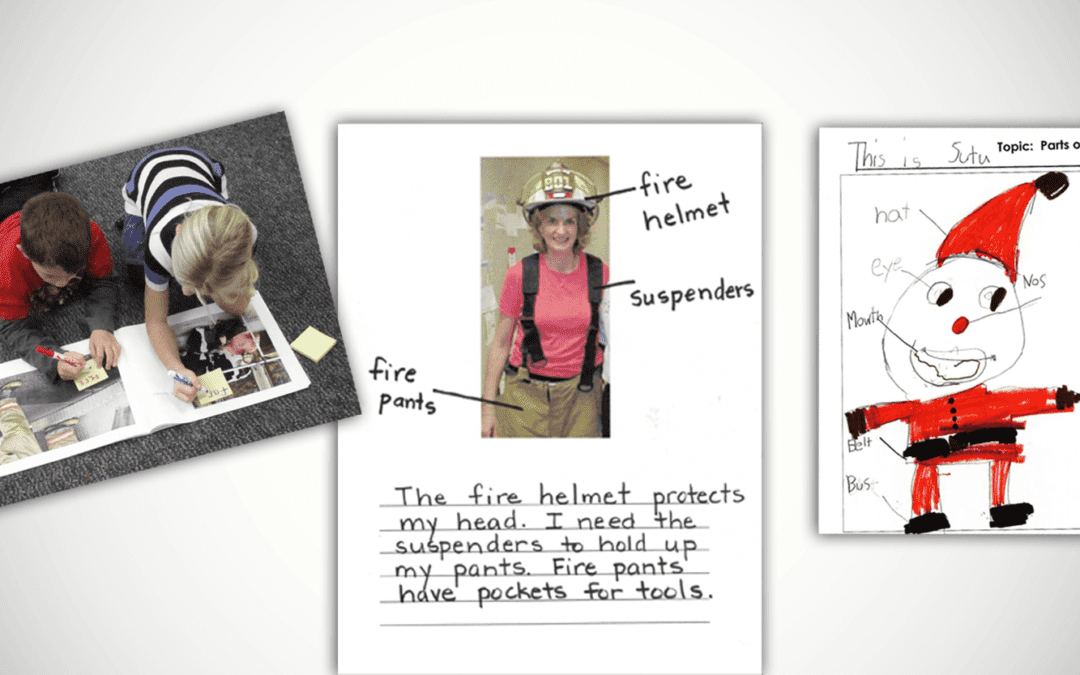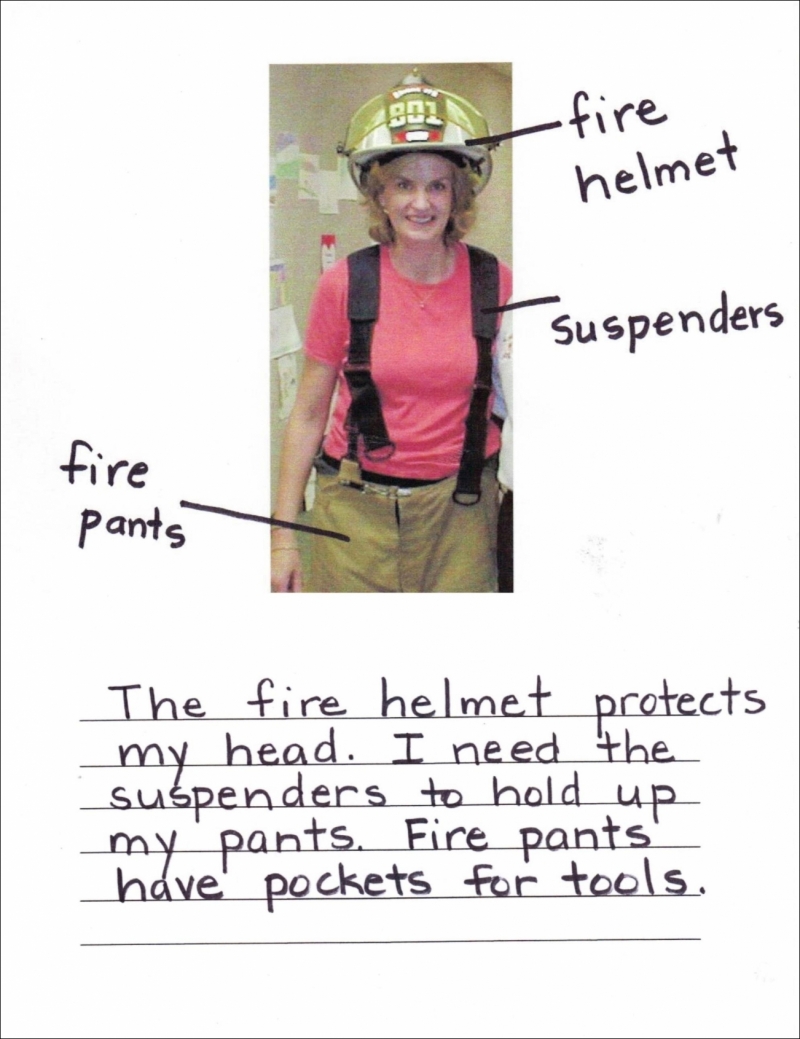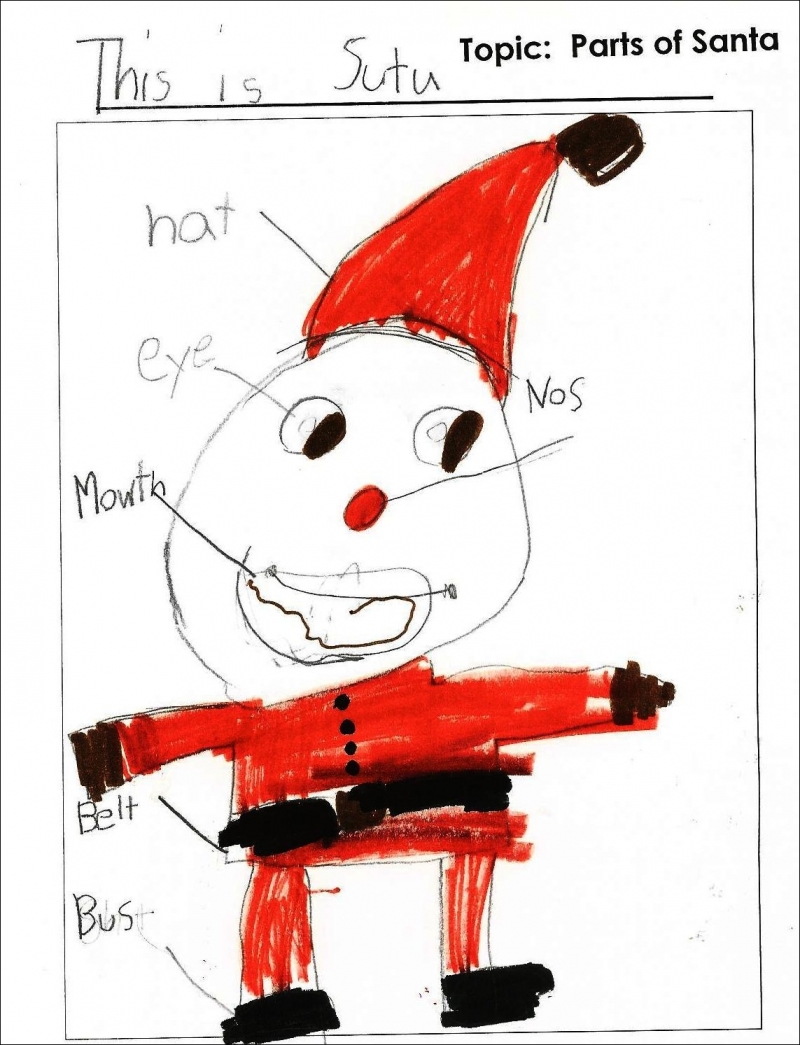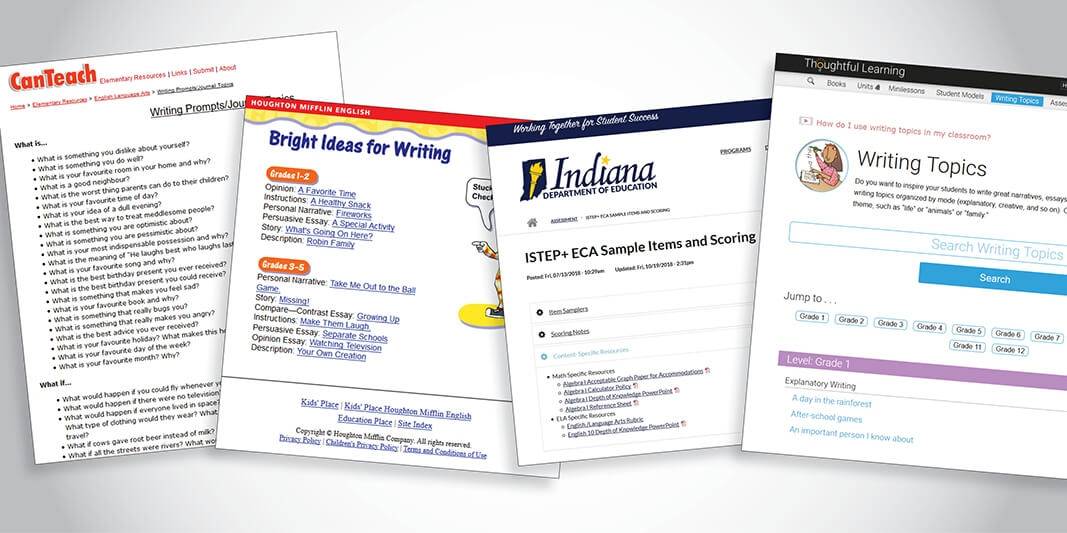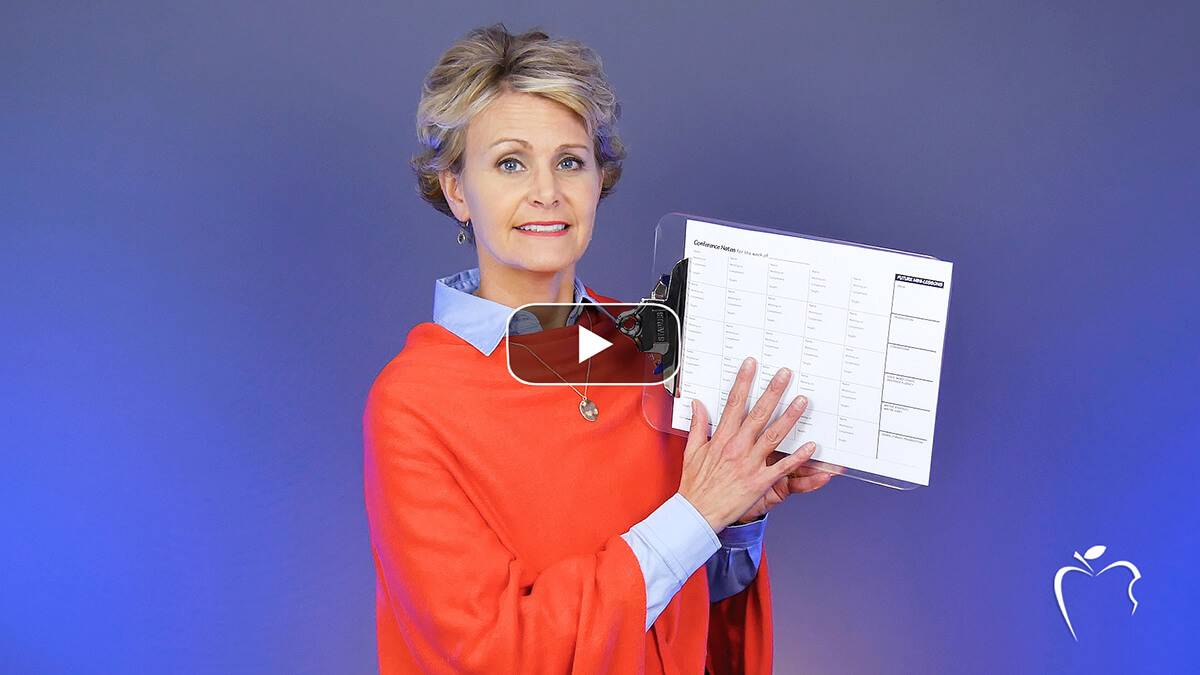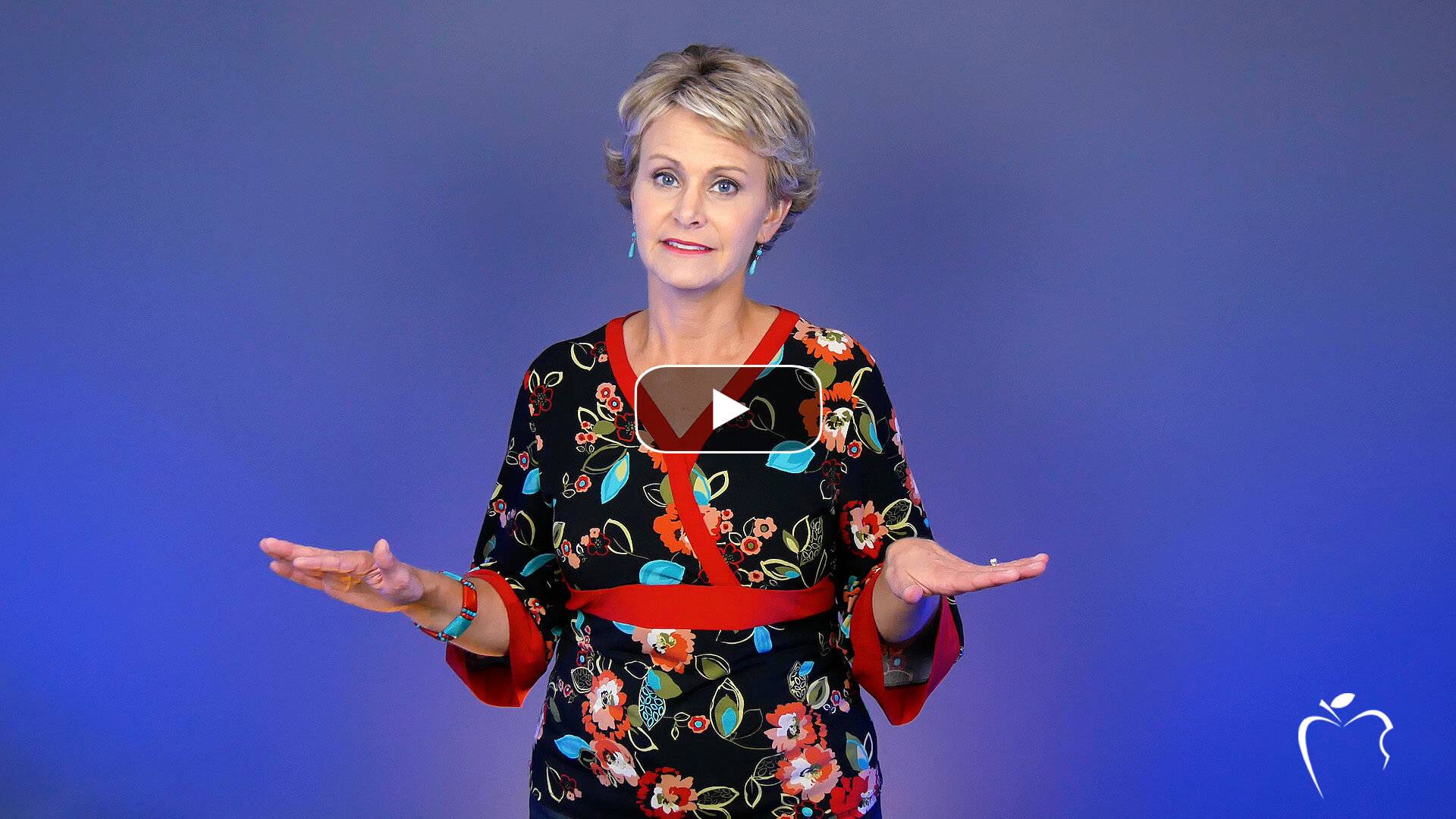Learning Center
writing
Conduct multiple label-writing units throughout the year
April 16, 2017
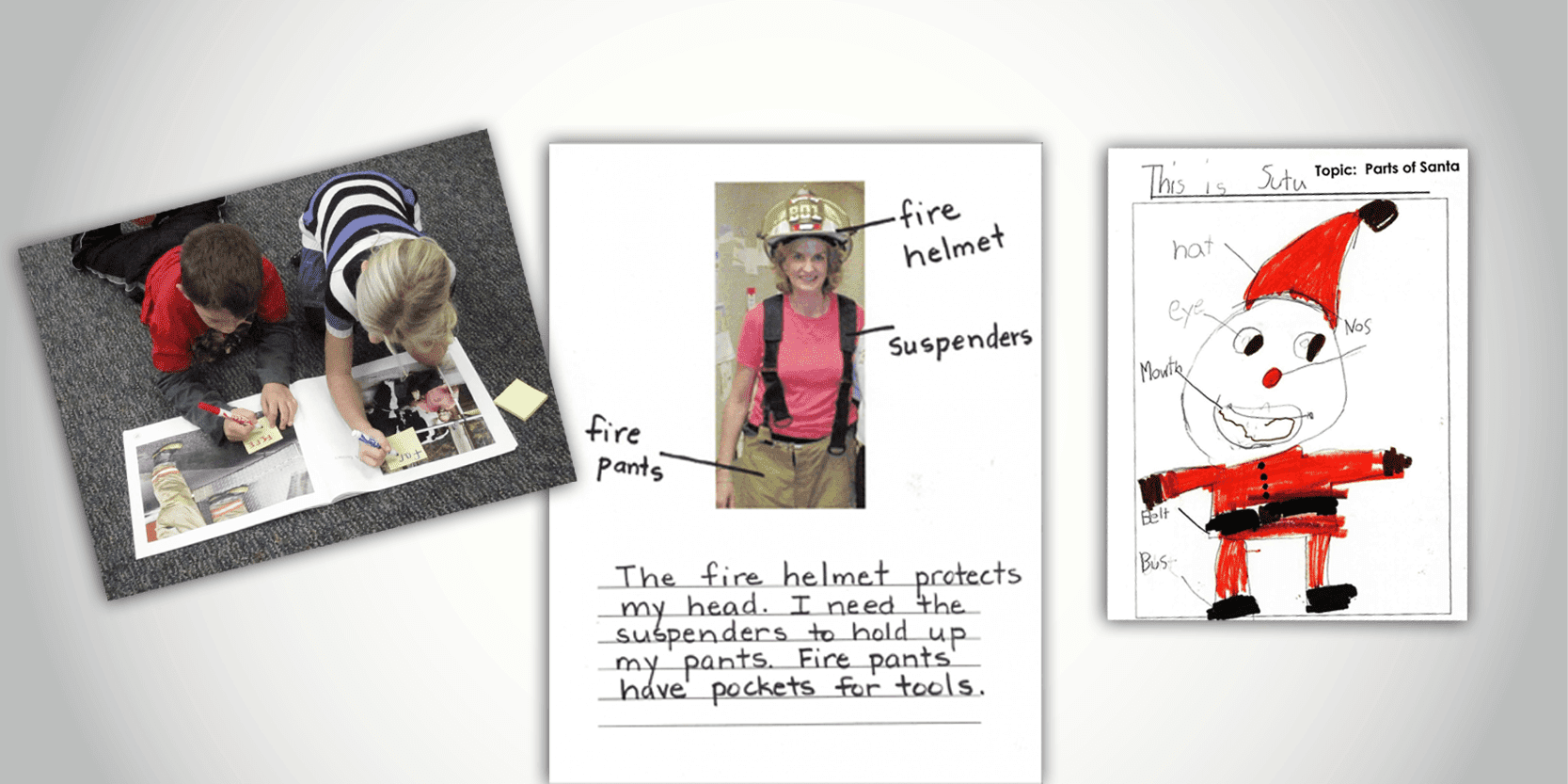
STOP! After reading the title above, most assume this article is for preschool and kindergarten teachers. That’s not true! First and second grade teachers (and special education and resource teachers) also need to plan label-writing units into their curriculum.
Although many young writers ended last school year writing sentences, consider starting the year with a label-writing unit. This gives them a chance to review important writing skills without the pressure of sentence conventions. Keep in mind these students have likely lost a little of their writing ability over the summer. So relieve the pressure of writing complete thoughts (with capitals, endmarks, word spacing, etc.) and just let them work on 1-2 word labels.
One advantage to label-writing lessons is that students are using visuals rather than creating them. If you provide students objects or images to label, then this puts a pencil in their hands more often than a crayon. (Remember, we aren’t building artists—we’re building writers!)
For example:
- Use index cards or large sticky notes to label objects in the room.
- Print or tape a photograph to larger paper. Using the margin space, students label details within the image.
- Use sticky notes to label objects/details that students recognize within the images of wordless picture books or Big Books.
- Provide stickers that depict recognizable objects for students to adhere to the boxes on this paper template. Then they label each sticker/item using precise word choice.
- Demonstrate how students can return to a previous drawing and add letter/word labels. (TIP: The more details students put in their drawings, the more they have to label.)
Such activities are fun for students and have a significant instructional purpose. We want students to realize there is a lot to say about a topic/visual. A label isn’t simply a one-word title of the content. We are looking for many words and multiple phrases related to the subject matter.
After several label-writing lessons, watch what happens when you ask them to write complete thoughts/sentences. Students will no longer just write one sentence and be done. Their writers’ minds will be trained to think about the MANY precise words and the MANY specific details related to a topic. And this will transfer into MANY sentences in their writing.

